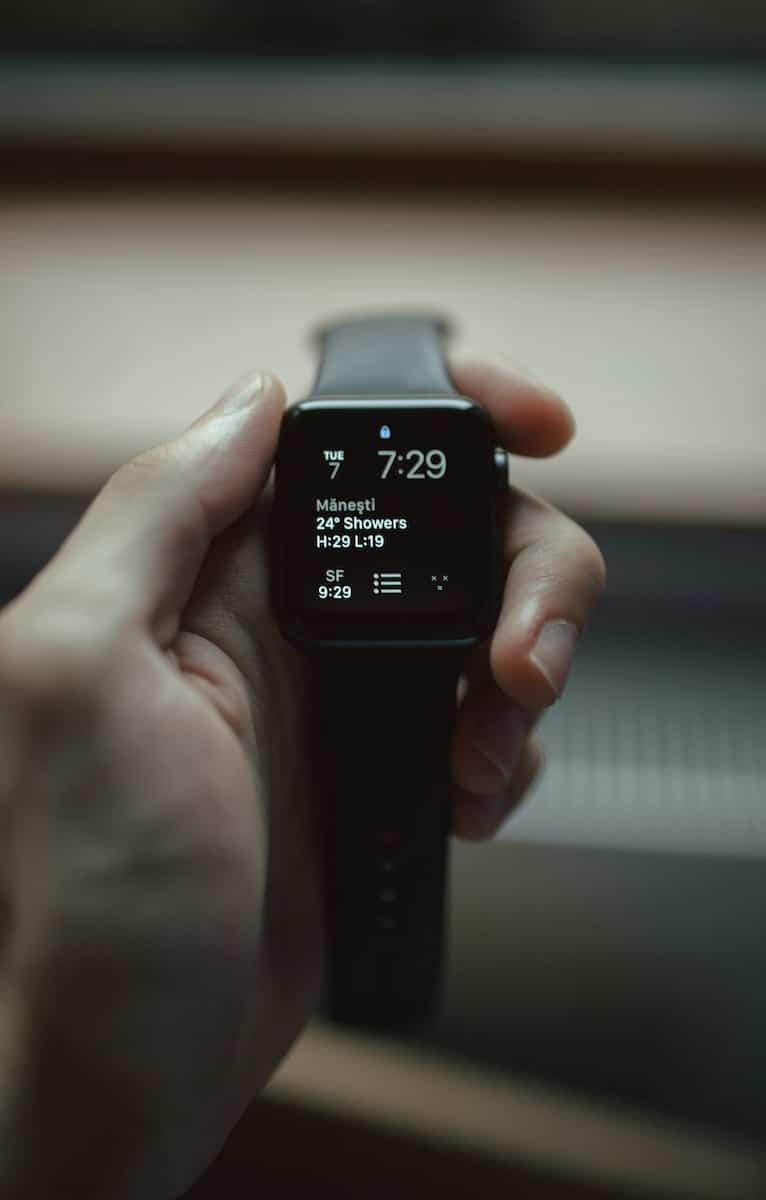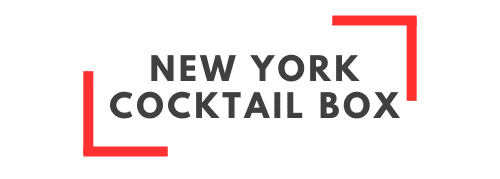Wearable technologies: more than just a gadget

With the rapid acceleration of technological progress, wearable devices have become an integral part of our lives. More than just a gadget, these devices have revolutionized the way we interact with the world around us. From fitness trackers to smartwatches, the wearable tech market is expanding at an unprecedented rate, driven by our insatiable appetite for data and our growing obsession with personal health and fitness.
The Evolution of Wearable Technology
The advent of wearable technology was not an overnight phenomenon. It evolved over time, each iteration improving on the last. From the humble beginnings of the calculator watch to the sophisticated data-collecting devices we see today, the wearable tech journey has been a testament to human innovation and inventiveness.
En parallèle : Artificial intelligence in sports
In the early stages, wearable devices were clunky and ostentatious, often more of a fashion statement than a functional tool. However, as technology improved, these devices became more streamlined, more user-friendly, and ultimately more integral to our daily lives.
A key turning point in this evolution was the introduction of the Apple Watch. With its sleek design and host of practical features, it revolutionized the wearable tech market. Users could now track their heart rate, receive notifications, and even make calls from their wrist. This device marked a transition from wearables being a fashion accessory to a practical tool for managing our digital lives.
Dans le meme genre : Technology in fashion: innovation and style
The Impact of Wearables on Health and Fitness
The health and fitness sector has been significantly transformed by wearable technology. Devices such as fitness trackers and smartwatches have made it easier than ever before to monitor our physical activity and health metrics.
Fitness trackers, for example, monitor everything from steps taken to calories burned, heart rate, sleep patterns, and even stress levels. This granular level of tracking allows users to tailor their workouts and lifestyle changes more accurately, leading to more effective results.
Similarly, smartwatches have become a staple in the health and fitness arena. With features such as GPS tracking, workout suggestions, and health monitoring, these devices have become an indispensable tool for fitness enthusiasts. Moreover, some devices even offer medical-grade health tracking, potentially alerting users to health issues before they become critical.
Wearable Tech in Healthcare
Wearable technology has not just transformed personal health and fitness; it’s also making waves in the healthcare industry. By enabling continuous data collection, wearable devices can provide healthcare professionals with a deep understanding of a patient’s health condition over time.
Some devices can even detect health conditions such as sleep apnea, atrial fibrillation, and diabetes, allowing for early intervention and potentially saving lives. Furthermore, with the ability to monitor vital signs 24/7, wearable tech can provide real-time data to healthcare providers, leading to more accurate and timely diagnosis and treatment.
Data and Privacy Concerns
While the benefits of wearable technology are undeniable, the rise of these devices has also raised significant data and privacy concerns. As more and more personal information is collected and stored by these devices, the issue of what is done with this data becomes increasingly pertinent.
Who has access to this data? How is it used? Can it be sold or shared without the user’s consent? These are all valid concerns that need addressing. While most companies have privacy policies in place, there is a need for more robust legislation and regulation to protect users’ data.
The Future of Wearable Tech
Looking to the future, the potential of wearable technology appears limitless. With advances in AI and machine learning, these devices are becoming smarter, more intuitive, and more integrated into our lives.
For instance, imagine a device that not only tracks your heart rate but also predicts potential health risks based on your unique bio-signatures. Or a smartwatch that can adapt your workout plan in real-time based on your body’s responses. These are not science fiction, but real possibilities in the not-so-distant future.
The wearable tech market is set to continue its rapid expansion, driven by consumer demand for more data, more convenience, and more integration. As technology continues to evolve, so too will the ways in which we interact with it.
In summary, wearable technology is far more than just a gadget. It’s a powerful tool that is reshaping our lives in profound and exciting ways. As we move forward, it will be fascinating to see where this technology takes us next.
The Role of Wearable Tech in Mental Health
The influence of wearable technology extends far beyond physical health and fitness. Today, it is emerging as a promising addition to the field of mental health. Wearable devices are being developed and used to track and improve mental health conditions, offering hope for more personalized and effective treatment strategies.
Devices such as smart jewelry, smart glasses, and even smart clothing are being equipped with sensors and algorithms that can detect changes in mood, stress levels, and other mental health indicators. For example, some wearable devices can monitor physiological markers such as heart rate variability, breathing patterns, and skin temperature – all of which can provide insights into a person’s emotional state.
Wearable tech is also being employed to aid those suffering from anxiety, depression, and PTSD. Using real-time data, these devices can alert users to potential mental health crises before they escalate, and suggest coping mechanisms like guided breathing exercises or mindfulness techniques.
Despite its potential, wearable technology in mental health is a relatively new and evolving field. As such, more research is needed to refine its applications and mitigate any potential risks. However, by offering a constant, objective, and non-invasive tool for mental health monitoring, wearable tech holds immense promise in this crucial area of healthcare.
Augmented Reality Wearables
Augmented Reality (AR) is another domain where wearable technology is making significant strides. Through devices like smart glasses and Google Glass, AR technology is being made more accessible and user-friendly.
AR wearables can overlay digital information onto the user’s real world, enhancing their interactions and experiences. This has numerous potential applications, from gaming and entertainment to education and training. For example, AR glasses can provide real-time translation services, directions, or even nutritional information about food items.
In the healthcare sector, AR wearables can help with surgical training, patient education, and even during surgeries by providing real-time imaging and data. They can also assist those with visual or hearing impairments, greatly enhancing their quality of life.
Despite their potential, AR wearables are not without their challenges. Issues such as battery life, privacy concerns, and the need for robust, lightweight designs are all areas that require further work. However, as technology continues to progress, it’s likely that these hurdles will be overcome, paving the way for a future where augmented reality is a part of our everyday lives.
Conclusion
Whether it’s through fitness trackers, smart watches, or Google Glass, wearable technology has demonstrated its potential to be more than just a gadget. From transforming health and fitness to revolutionizing healthcare and mental health, wearable devices have far-reaching implications that touch every corner of our lives.
As we look to the future, the evolution of wearable technology is set to continue at a rapid pace. With developments in areas such as AI, machine learning, and augmented reality, the next generation of wearable devices promises to be smarter, more intuitive, and more integrated into our daily routines.
However, with these advancements come challenges, particularly around data privacy and security. As such, ensuring robust legislation and regulation to protect users will be critical. But even with these challenges, the potential of wearable tech cannot be overstated.
In essence, wearable technology is not just about convenience or novelty; it’s about utilizing technology to improve our lives in tangible and meaningful ways. It’s about harnessing the power of data to make informed decisions about our health, our fitness, and our overall wellbeing. And as technology continues to evolve, so too will the ways in which we interact with it. Indeed, the future of wearable tech looks bright, and it will be exciting to see where it takes us next.
